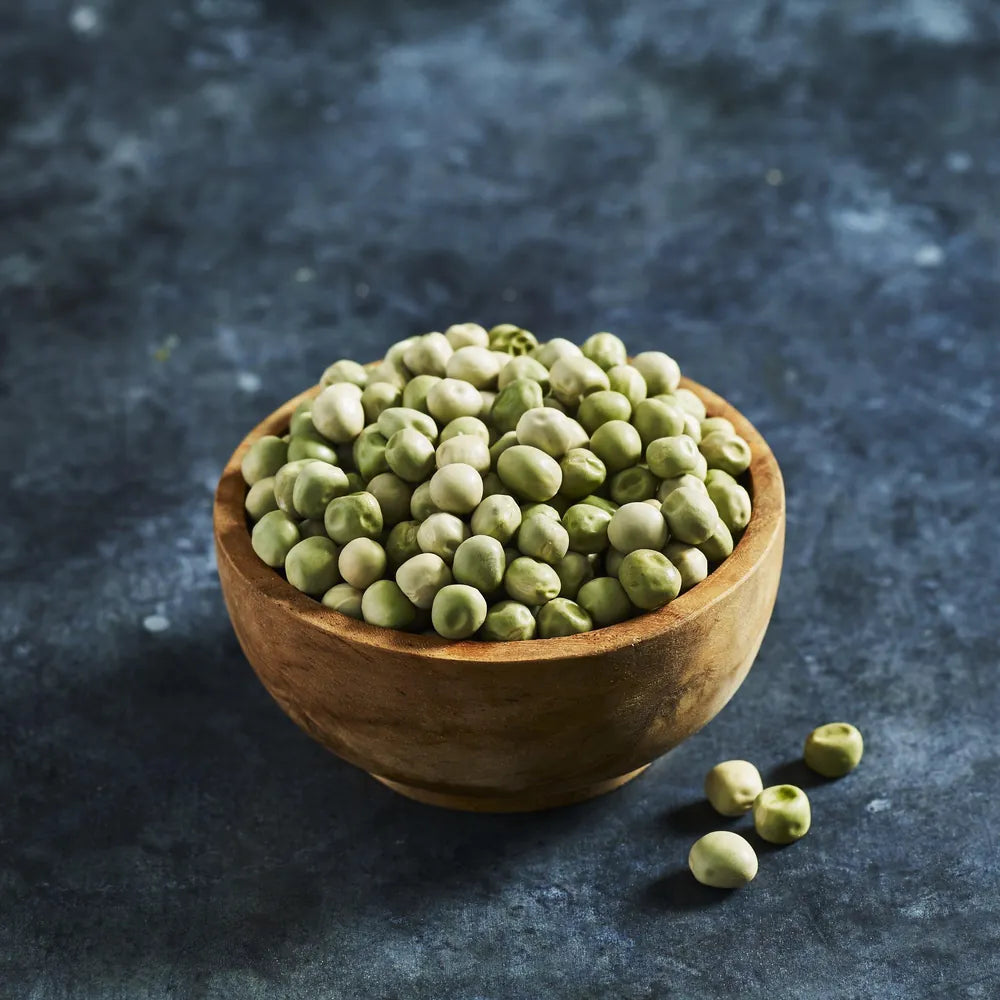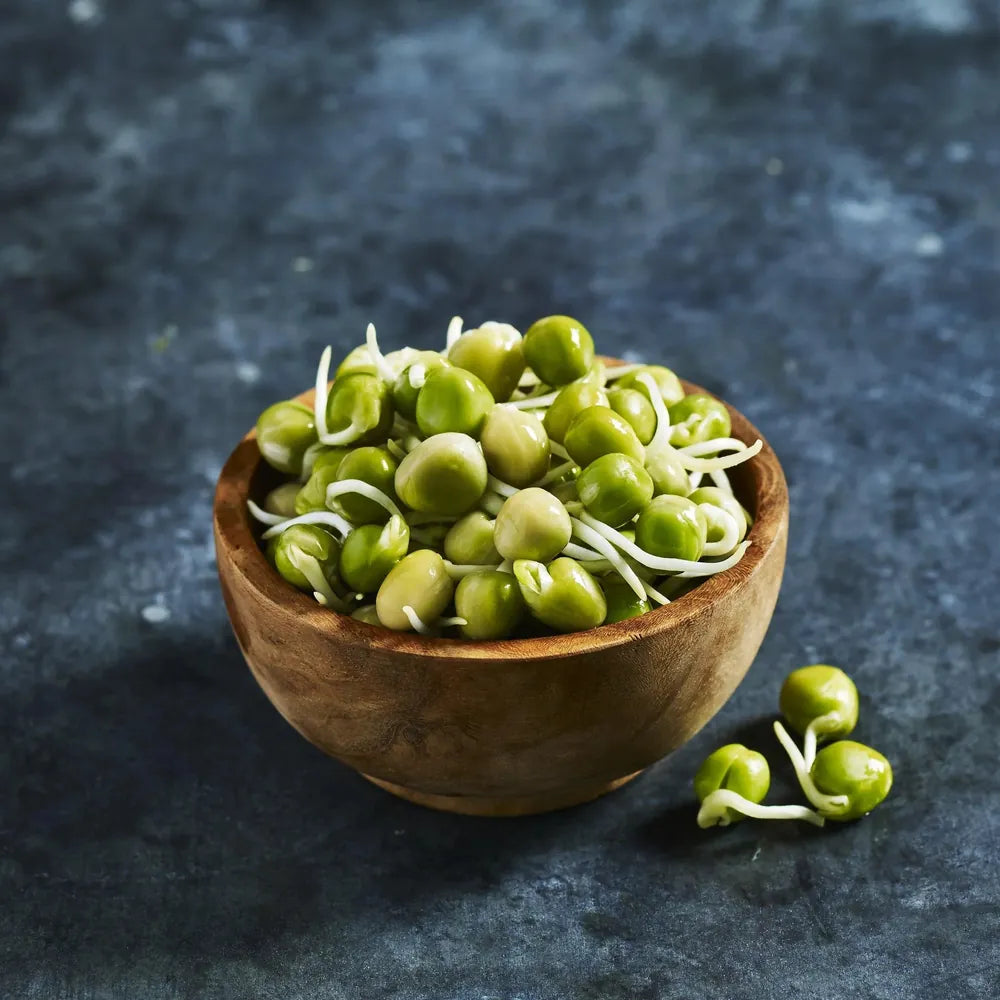Are sprouts safe to eat?
While most sprouts are safe to eat, raw sprouts can carry a risk of foodborne illnesses from bacteria like E. coli and Salmonella. The contamination often originates from the seed itself, which can be exposed to bacteria in the field or during storage. This risk applies to both store-bought and homegrown sprouts, which is why it comes down to the quality of the seeds. For instance, Australian wheatgrass seeds have undergone phytosanitary testing, which verifies that they have been inspected and are free from specific pathogens like E. coli and Salmonella, making them a safer option for sprouting.
If you need to sterilize seeds, you can use white vinegar. Just add two tablespoons of white vinegar per 250ml of water, stir in the seeds, and let them sit for 15 minutes. To further reduce your risk, be sure to buy high-quality sprouts and maintain a sanitary growing environment. If you're an older adult, pregnant, or have a compromised immune system, it's best to avoid eating raw sprouts.
Do sprouts need light to grow?
No, sprouts do not require light to grow. They can be grown in the dark, but it's often easier to simply keep them in a well-ventilated, cool place with some indirect light. This allows for a better-looking sprout and also helps you remember to rinse them. You can grow sprouts indoors all year round, as long as the conditions are right. In colder months, rinse seeds in warm water to help promote growth and try to keep your sprouts in a warm environment.
What are some common problems when growing sprouts?
Common issues include sprouts that are smelly or moldy, and seeds that don't sprout at all. Rot is often caused by high temperatures, poor air circulation, or not rinsing and draining the sprouts properly, or by soaking the seeds for too long. To avoid this, rinse them twice a day, use clean equipment, and keep them in a cool area with good airflow. If your seeds aren't sprouting, you may be using old seeds, overfilling your jar, or not draining it properly after rinsing.
How do I store sprouts once they're ready?
Sprouts are typically ready to harvest in 3-6 days. After harvesting, let your sprouts drain off any excess water before placing them in a closed container. Store them in the refrigerator, where they'll stay fresh for up to a week.


